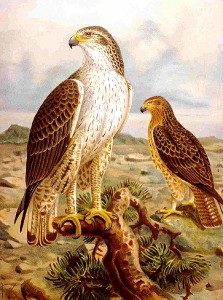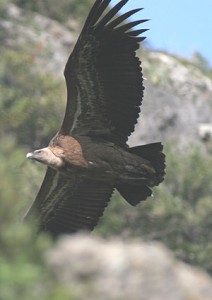
Griffon Vulture – Clive Muir – www.wildsideholidays.com
Back in 2008 on the Iberia Nature forum we started a topic about the use of Diclofenac in Asia and, as the drug was about to be used in Europe, it stayed in the Spain sections rather than going in the “other places” boards… And it seems with good reason. If you fancy trawling through the wealth of information about this subject then the main topic is here.
Apart from this amazing topic on the forum pretty much everything you need to know now about this disgusting drug proven to kill vultures in their millions can be found over at the Vulture foundation…. Loads of papers and up to date news…
As the deadline for a final decision by the EU Commission on banning veterinary diclofenac approaches, vultures really need you.
Veterinary diclofenac is extremely toxic to vultures, and has been banned from the Indian subcontinent after causing a 95-99% decline of several vulture species there. Incredibly, it has been approved for use on livestock in Italy and Spain.
The Vulture Conservation Foundation (VCF) has been leading a campaign, together with other organisations, to ban this drug in Europe too: given the existence of a non-toxic alternative (Meloxicam), common sense suggests a precautionary approach should be taken.
We had therefore asked the EU Commission to start a procedure for the withdrawal of an authorized veterinary medicinal drug which affects Community interests, Under Article 35 of Veterinary Medicines Directive (2001/82/EC). You can see more details about veterinary diclofenac, its impacts, and the whole campaign, here
http://www.4vultures.org/2014/11/25/vultures-need-you-please-write-to-your-meps-about-veterinary-diclofenac/
http://www.4vultures.org/our-work/campaigning-to-ban-diclofenac-in-europe/
Follow them on facebook as well
https://www.facebook.com/vultureconservationfoundation






